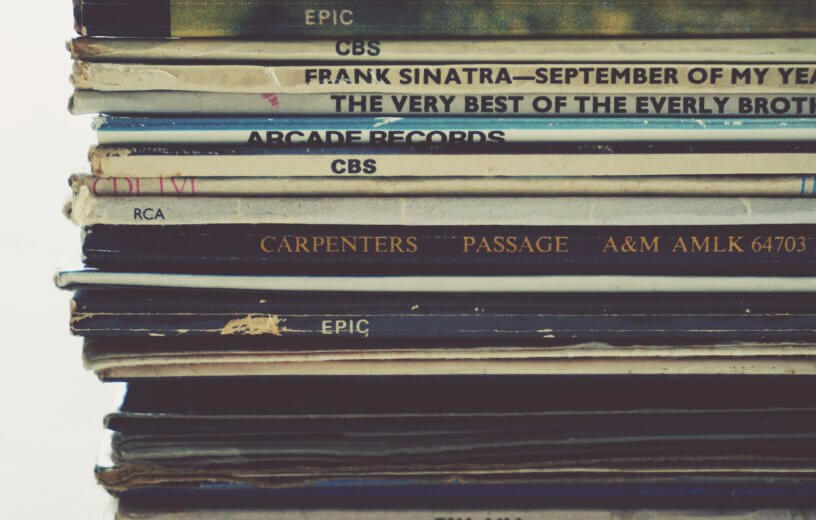SOUTHFIELD, Mich. — From “All Shook Up” to “Uptown Girl” to “Uptown Funk,” music has gone through many changes over the decades. Not just stylistically, though. According to new research, lyrics to pop songs have grown darker and edgier over time.
Researchers at Lawrence Technological University studied popular music lyrics from the 1950s to 2016. With the use of quantitative analytics, scientists marked trends of lyrical sentiments in songs covering seven decades.
In their results, university data scientists and co-authors Kathleen Napier and Lior Shamir wrote that their research shows a “clear and statistically significant change in sentiments expressed through the lyrics of popular music, generally towards a more negative tone.”
While joy, confidence and openness were once the main expressions in pop songs, scientists say lyrics now run toward darker expressions of anger, disgust, fear and sadness. Think about it. If someone wrote a song for Adele in the ’60s, the message to her estranged lover might be, “She loves you, yeah, yeah, yeah.” In 2011, we have instead a very angry Adele “Rolling in the Deep” and threatening, “See how I leave with every piece of you.”
Researchers used “automatic quantitative sentiment analysis” to lay bear the emotional trends of 6,150 Billboard top 100 songs from 1951 through 2016. Of course, while songs were once ranked by the number of radio and jukebox plays and record sales, most music is now accessed through social media or streaming.
Modern technology has changed not just the way music is now ranked. It also makes it possible to study each word or phrase in a song and come up with the underlying sentiments in that song as well as many others. Researchers say they compiled and averaged the underlying emotions in the music lyrics of all the Billboard Hot 100 songs for each year. Then they looked at these averages from year to year to measure whether a particular sentiment increased, decreased or remained constant.
They found that angry expressions have gradually increased over time, with periods of remission. The mid-’50s reflect the happiest period, then anger grew to a peak in 2015. But there were exceptions. Lyrics written in the three years from 1982 through 1984 were the least angry of any period since the ’50s. The mid-’90s saw an increase in anger, and it was sharper than what was measured in previous years. Consider the haunting “Gansta’s Paradise,” the top song of 1995.
Study authors say that sadness, disgust and fear also increased in pop songs over the decades, but much less than the increase in anger. Disgust evolved slowly, but showed up least in the early ’80s, before blowing up in the mid- and late-’90s. It is interesting that following the happier early ’80s, fear began to be expressed more in the middle of the decade, then fell off quickly in 1988. Fear again reared its ugly head in 1998 and 1999, then dropped off in 2000.
Joy was abundant in popular music lyrics in the late 1950s. But joy was fleeting over time, with the exception of a brief happy time in the mid-1970s, when joyful lyrics exploded on the music scene for a brief bloom in time.
Researchers say this study shows that sentiments in pop songs have changed over time, with only a few exceptions. They caution that their analysis only looked at the most popular songs of each year. This study does not delve into why the music changed or what societal factors weigh in on musical preferences. It simply shows what fans have preferred over time. People wanted to hear joyful music in the ’50s. For whatever reasons, current listeners prefer raw expressions of sadness and anger.
“The change in lyrics sentiments does not necessarily reflect what the musicians and songwriters wanted to express, but is more related to what music consumers wanted to listen to in each year,” Shamir says in a news release.
So if you need a little musical pick-me-up, “Don’t Worry, Be Happy.” And tune into one of the oldies stations.
Findings were published in the December 2018 online edition of the Journal of Popular Music Studies.
